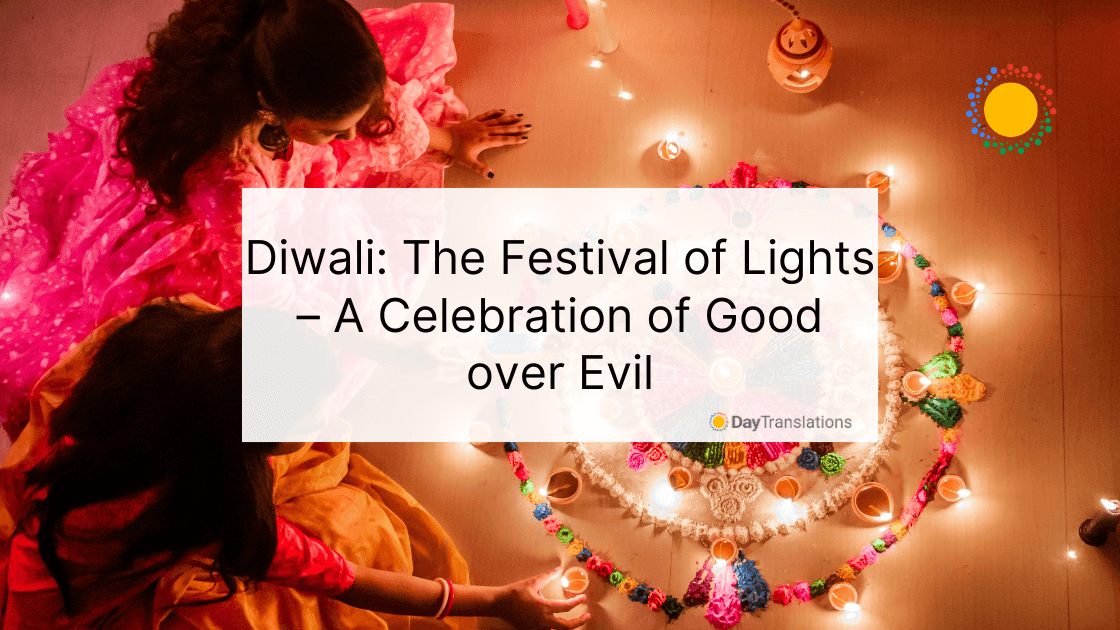The Festival of Lights or Diwali, which came from “deepawali,” a Sanskrit word, is the annual celebration of good over evil, of light over darkness. This festival is important to various religions, not only to Hinduism but also to Jainism, Sikhism and Buddhism. Among all of the Hindu celebrations, this is the brightest and the biggest ever. Generally speaking, this is the time of God Lord Rama’s homecoming after defeating Ravana, the demon king.
Diwali is doubly important in India as this also marks the Hindu New Year, thus in India, it is observed as a major holiday. Diwali is also a major celebration in Malaysia and Nepal and across the globe where Hindu communities area present. The main festival night for Diwali is when there’s a new moon (Hindu Lunisolar month Kartik) and the night sky is very dark, all the more dramatic since the symbolic burning of candles and lamps is highlighted and the ensuing fireworks will definitely brighten up the sky.
When is Diwali celebrated?
The observance of Diwali varies annually, based on the Lunisolar calendar of the Hindus, but it generally falls either in October or sometime in November. For 2015, it is set to take place in November 11, a Wednesday. Preparation starts a few days before the main event. In total, Diwali is celebrated for five days. This year, eight countries will be celebrating it on November 11 while four countries celebrated it in November 10.
In India, there are festive days revolving around Diwali. In some Western and Northern parts of India, they observe the first day with Dhanteras, followed by Naraka Chaturdasi. The third day is Deepawali while the fourth day honors married couples with Diwali Padva. The fifth day honors siblings, in a celebration called Bhau-beej.
Items and traditions involved in the Diwali celebration
There are many items used in the observance of Diwali. Garlands of jasmine and marigold, food, music, fireworks, lamps and lights are employed. Diyas, those small clay oil lamps are lit and used to decorate homes to honor Lakshmi, the goddess of wealth. Rangolis (also called Muggu or Kolam) are amazing and colorful geometric patterns made using flower petals, colored sand, paint, colored chalk or rice. These are used to decorate entrance ways, courtyards and living rooms of Hindu houses to welcome Lakshmi.
Like the Christian celebration of Christmas or New Year, sweets and gifts are exchanged, greetings and Diwali well wishes are also given and sent, now faster and to a larger number of people through social media. Families usually prepare lavish meals and many people will go out to buy new clothes to wear. Gardens are spruced up and homes get a thorough cleaning to have a fresh start in the New Year. Windows will be thrown wide open so that Lakshmi could enter their homes and bring them prosperity.
Origin of the holiday
Diwali was once a festival to celebrate the last harvest before the start of winter. Hindus would thank and ask for blessings from the goddess of prosperity and wealth, Lakshmi for the end of the financial year and the start of a new one. This tradition is observed to this day. There are also various legends describing the festival’s origin. Some believed that it was to celebrate the marriage of Lord Vishnu and Lakshmi.
Meaning of Diwali for different religions
The celebration of Diwali holds special meaning to different religions and is associated with different traditions, myths and historical events, although the main theme involves light.
In Jainism, it is the event commemorating Lord Mahavira’s attainment of nirvana. For the Hindus, it is the triumphant return of Lord Rama, Sita and Lakshman from a 14-year exile and the defeat of Ravana from the hands of Lord Rama. Other Hindus interpret Diwali as the day demon Narakasura was defeated by Lord Krishna or the day demon king Bali as vanquished to the netherworld by Lord Vishnu.
The Sikhs celebrate Diwali to mark the day Guru Har Gobind successfully returned to Amritsar’s Golden Temple following his escape from the prison of Jahangir, a Mughal emperor. For the Buddhists, Diwali is the day when Emperor Ashoka converted to Buddhism.
Diwali is a joyous occasion and traditionally involves a huge celebration. Its significance is profound. Illuminating the homes with lights from clay oil lamps or even candles and using firecrackers to light up the sky symbolize obedience to the heavens for the acquisition of prosperity, peace, knowledge, wealth and health. From darkness to light – it’s a symbol of finding new hope and reason, a renewed commitment to do well and bring light to your soul.











